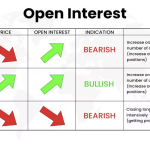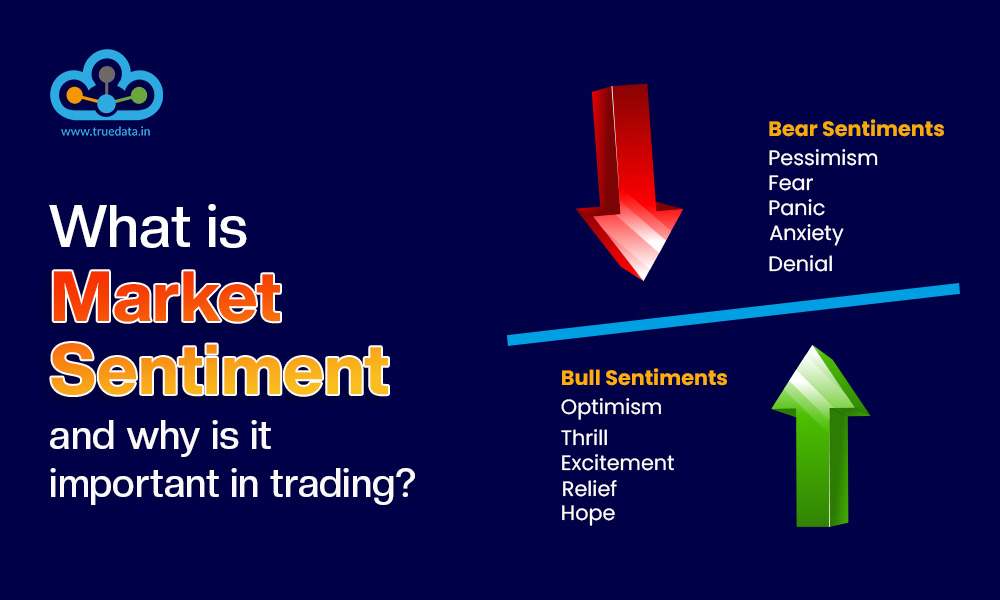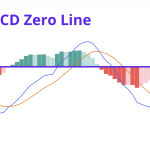
By ATGL
Updated February 8, 2024
Credit spreads are an integral part of options trading, allowing traders to receive credit at the outset and capitalize on market movements with a defined risk-reward framework. This method involves the simultaneous buying and selling of options contracts related to the same underlying security but with different strike prices, creating a spread. The strategy’s primary aim is to profit from the difference in premiums, aligning with various trading strategies and risk tolerances.
What Are Credit Spread Options?
A credit spread option is a strategic combination of options trading in which an investor writes options contracts that are in or at the money and purchases cheaper out-of-the-money contracts on the same security. This leads to a net positive cash position, balancing the potential for profit against the risk of loss. The strategy hinges on limiting exposure while aiming for profit potential within defined risk parameters.
Most Common Types of Credit Spread and How They Work
Credit spreads can be bullish or bearish, with the two main types being Bull Put Credit Spreads and Bear Call Credit Spreads. Each type is formulated based on the market outlook and the trader’s expectations of underlying security movements. Whether for a bullish or bearish position, you can implement credit spreads in a range of financial assets like stocks, commodities, currencies, and indices.
Bull Put Credit Spread
The bull put credit spread is favored in bullish market conditions. It entails selling a put option with a higher strike price and buying a put option with a lower strike price. This strategy results in an initial credit, representing the maximum potential profit. The goal is to capitalize on the increase in the underlying asset’s price before the options expire. The trader’s risk is limited to the width of the spread minus the credit received, and the break-even price is the strike price of the short option minus the credit received for its sale.
In setting up the bull put spread strategy, traders must consider various factors such as the size of the spread and the distance between the options’ strike prices. The larger the spread, the higher the potential profit and risk. If the asset’s price (e.g. stock price, index price) falls significantly, the long option may not provide effective protection, increasing the potential loss. Therefore, it’s imperative to carefully balance the strike prices and the size of the spread to optimize the risk-reward profile of the position.

Bear Call Credit Spread
The bear call credit spread, also known as a short call spread, is a bearish strategy used when the trader believes the underlying asset’s price will decrease or remain stable. This strategy entails selling a call option with a lower strike price while simultaneously purchasing a call option with a higher strike price. The spread results in an initial credit, which is the maximum potential profit if the asset’s price remains below the lower strike price at expiration. The trader benefits from time decay and decreasing implied volatility in this scenario.
Similar to the bull put credit spread, the size of the spread and the distance between the strike prices of the short option and the current asset price are key determinants of profit and risk in the bear call spread strategy. The strategy’s effectiveness is influenced by factors like time decay and implied volatility. If the underlying asset’s price begins to rise, approaching the strike price of the sold call option, the potential losses may increase, necessitating strategic adjustments or early closure of the position to mitigate risks.

What Are the Advantages of Credit Spread Strategies?
Credit spread strategies in options trading offer several compelling advantages, balanced by certain limitations that traders need to consider.
Advantages
- Limited risk: Compared to more direct strategies like short selling, credit spread options offer a structured approach with limited downside risk. The maximum loss potential in credit spread options is confined to the difference between the strike prices of the options, minus the credit received. This feature makes credit spreads a lower-risk option compared to many other strategies.
- Upfront income: Traders receive cash upfront into their trading account when they create credit spreads. This immediate income generation is a significant appeal of this strategy.
- Flexibility: Credit spreads can be customized to fit a trader’s specific risk profile and can be adapted for bullish, bearish, or neutral market conditions, providing versatility in strategy formulation.
- Lower margin requirements: The margin requirement for credit spreads is substantially lower than for uncovered options, making them more accessible to a wider range of traders.
Limitations
- Capped profit potential: The maximum profit in credit spreads is limited to the net premium, or net credit received. This cap on profitability is a trade-off for the reduced risk.
- Complexity and learning curve: Credit spreads are advanced strategies that require a solid understanding of options trading, making them less suitable for novice traders.
- Margin requirements: Although lower than for naked options, selling options in credit spreads typically requires margin, which can tie up capital.
- Volatility sensitivity: Credit spreads are sensitive to changes in implied volatility (IV), which can impact their profitability. Traders need to be mindful of the level and direction of IV when employing these strategies.
Improve Your Portfolio’s Overall Returns With the Best System
While credit spread options offer a sophisticated method to manage risk-reward ratios and generate upfront income in options trading, diversifying your investment strategies can further enhance your portfolio’s overall returns. This is where Above the Green Line’s Dividend Growth Investment Strategy comes into play. By incorporating this buy and hold investing approach, which focuses on stable, dividend-paying stocks, you can add a layer of consistent income and reduced volatility to your portfolio.
Embracing this trading strategy complements the risk-balanced nature of credit spreads, providing an additional avenue for steady growth and financial resilience. Read through our full Dividend Growth Strategy to learn more about optimizing your investment choices with dividend-paying stocks.







